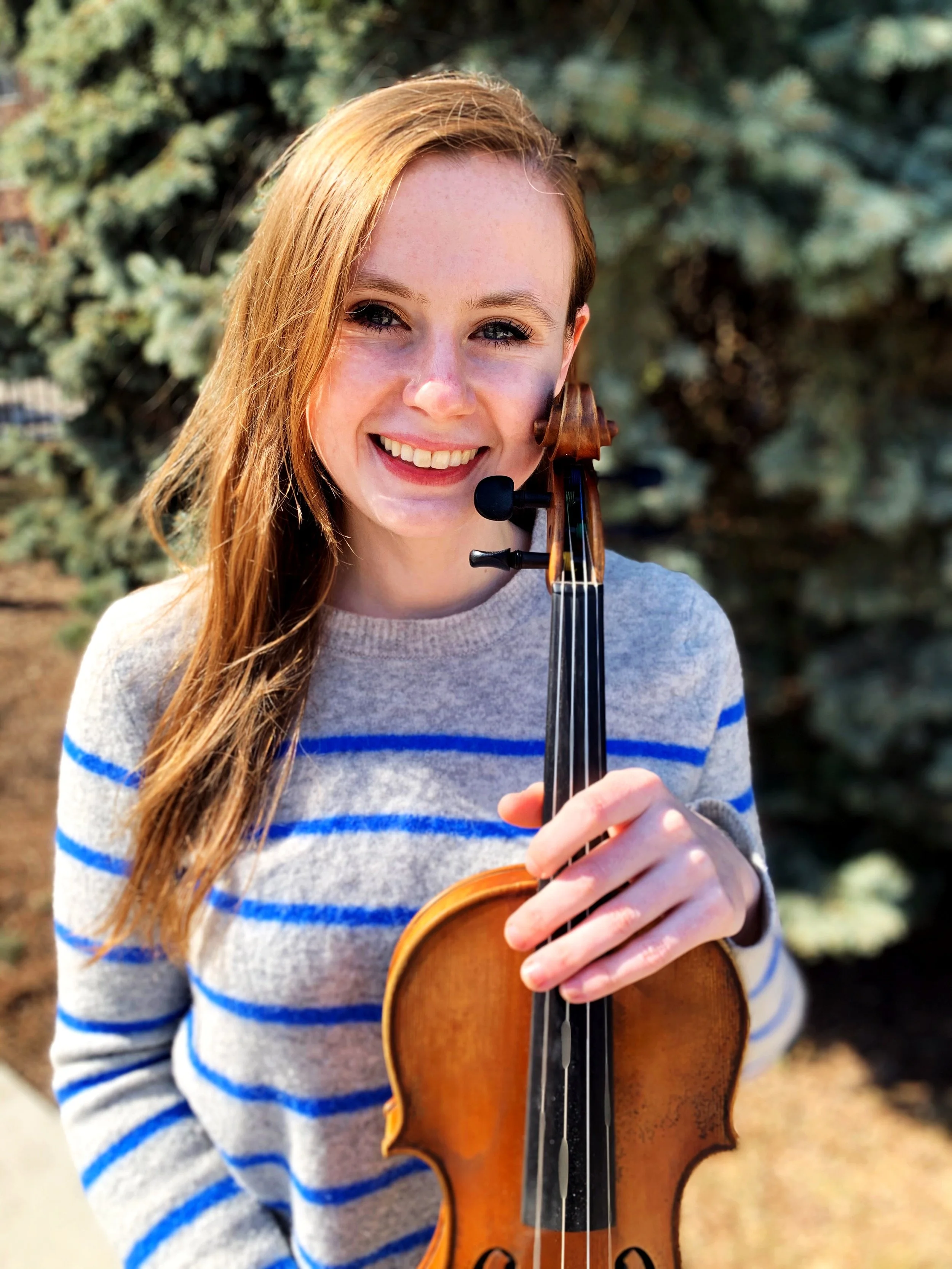When should I tilt my bow hair?
If you’ve ever watched a great violinist play and thought- hey! why isn’t their bow hair flat on the string?! Then this is the article for you.
The reason we tilt the bow hair is that it creates a sweeter sound.
Beginners are often taught to play with flat bow hair because it gives them the best chance of creating a solid, full sound. I think we can all agree that making a good sound on the violin is tough-so why make it tougher at the beginning?!
With that being said, once you have emerged out of the beginner stages and are looking to improve your tone, it could be useful to experiment with tilting your hair. To tilt the hair, slightly move your wrist up so that the stick of the bow goes away from you. Never tilt the stick towards you.
When to shift on the violin?!
There are three main reasons why a violin player chooses to shift: 1. to play a note that’s not possible in your current position. 2. to avoid string crossings. 3. to invoke a certain tone color or character.
Dark vs. Bright Violin Sound
“Dark” and “bright” are common adjectives used to describe violin tone quality. But what distinguishes them from one another? A “dark” violin sound is one that is deeper and richer. Darker violins have a greater capacity for different tone colors, but project less. It can be easier for a player to “hide” on a dark violin, as it is slightly less responsive and more forgiving.
Bright can mean loud, pure, and intense, but also flashy, luminous, and shimmery. Bright violins generally have a louder sound than dark violins, project more easily, respond quicker, and leave no room for error. This means that the slightest touch or movement of the player is reflected in this sound.
Learn Violin Vibrato in 5 Easy Steps
Step One: Knocking. .
Step Two: Knocking on the violin with the thumb released.
Step Three: Knocking on the violin with the thumb in place.
Step Four: Rolling the finger.
Step Five: The pizza exercise.
Learn Double Stops in 3 Easy Steps
Practice playing double stops on open strings. This is very useful for getting used to the elbow levels, maintaining an even plane of motion in your hand, and testing your sound quality. It is also great for learning how to tune your instrument in fifths. Practice playing a scalar passage on the top string. This step helps you get used to using your fingers in double stops! Practice playing a scalar passage on the bottom string. This will be harder than the step above because your fingers cannot touch the upper string in any way. Place your fingers on the very tips and make them very rounded
Bow Hand Flexibility Exercises
In this article, you will learn 3 exercises designed to help you loosen up your bow hand. Having a loose, flexible bow hand is important not only to create a beautiful sound, but also to perform more advanced bow strokes such as spiccato and sautille.







